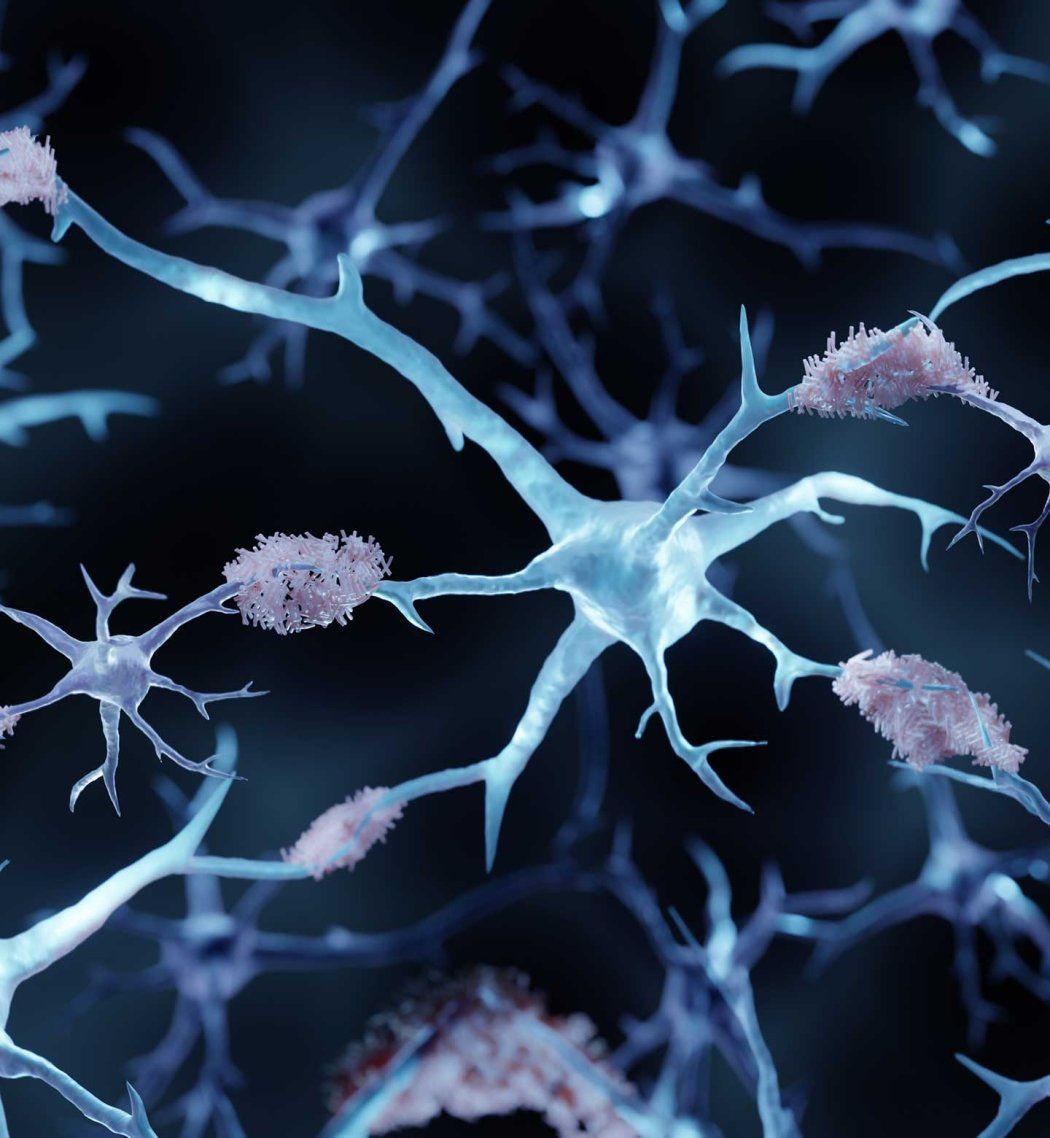With yet a third new Alzheimer’s drug expected to be approved by the Food and Drug Administration (FDA), the field is beginning to show progress in the fight to slow the disease.
But the drugs work best for those in the earliest stages of Alzheimer’s, and other therapies will be needed to help those with advanced disease, according to Gil Rabinovici, MD, director of the UCSF Alzheimer’s Disease Research Center.
This is likely “just the opening chapter in a new era of molecular therapies for Alzheimer’s disease and related neurodegenerative disorders,” Rabinovici wrote in a July 17, 2023, JAMA editorial that is being published along with the results of the latest drug, donanemab. Rabinovici was not involved in the trial.
Donanemab is a monoclonal antibody, like the two earlier Alzheimer’s drugs, aducanumab (Aduhelm) and lecanemab (Leqembi). These drugs attack plaques in the brain that are made of a protein called amyloid. They disrupt cell function and lead to the rapid spread of another protein called tau. Both amyloid and tau contribute to the development of Alzheimer’s disease.
The trial showed donanemab slowed cognitive decline by 35% compared with placebo in patients with low-to-intermediate levels of tau in the brain. These results are similar to those reported with Leqembi, which received FDA approval earlier this month. In the donanemab trial, patients also experienced a 40% lower risk of progressing from mild cognitive impairment to mild dementia, or from mild-to-moderate dementia.
Donanemab was better at removing amyloid plaques compared to Aduhelm and Leqembi. It reduced tau concentrations in the blood, but not in a key area of the brain.
While these results are encouraging, Rabinovici said an in-depth analysis still is needed to understand how these findings affect patient outcomes.
Not much benefit for those with more serious disease
Patients with more advanced disease showed little to no benefit compared to those who received the placebo. Together with the drug’s potentially serious side effects, this should push experts to “aim higher in developing more impactful and safer treatments,” wrote Rabinovici, who is affiliated with the UCSF Memory and Aging Center, departments of Neurology, Radiology and Biomedical Imaging, as well as the Weill Institute for Neurosciences.
Donanemab should be restricted to patients with low-to-intermediate levels of tau, which indicates mild disease. Other trials are evaluating how well monoclonal antibodies work in the earliest phase of the disease before symptoms appear.
Like the two other new Alzheimer’s drugs, donanemab was associated with ARIA, amyloid-related imaging abnormalities that may include brain swelling and microbleeds. Serious ARIA occurred in 3.7% of patients, including three deaths. Risks were higher among patients with the APOE4 gene, which is related to an increased risk for Alzheimer’s. For that reason, Rabinovici said, genetic testing should be recommended prior to monoclonal antibody treatment.
While ARIA has generally been managed safely in clinical trials, Rabinovici urged caution as these drugs enter into real-world practice. He suggested limiting access to patients with normal pre-treatment MRIs, repeating MRIs at regular intervals and stopping or suspending treatment when ARIA occurs.
Lack of racial and ethnic diversity was a major limitation of the trial. Just 8.6% of the 1,251 U. S. participants were non-white. Rabinovici said this raises ethical concerns about the “generalizability of results to populations at highest risk,” noting studies that have shown higher rates of dementia in Black and Latino populations.
Given the anticipated high cost of donanemab and high patient demand, Rabinovici said it might make sense to limit the treatment duration to the time needed to clear amyloid plaques from the brain, which is the approach pioneered in the trial. He said this could “greatly enhance the feasibility of treatment for patients, clinicians, insurers and health systems.”
Co-Author: Renaud La Joie, PhD, of the UCSF Memory and Aging Center and Department of Neurology.
Funding: Rabinovici is supported by NIH P30-AG062422, R35-AG072362, U01-AG057195, R56-AG075744 and Alzheimer’s Association ZEN-21-848216. La Joie is supported by NIH P30-AG062422, K99AG065501, and Alzheimer’s Association AARG-22-926899.
Disclosures: Rabinovici receives research support and has provided paid consulting for Eli Lilly, the manufacturer of donanemab. For other disclosures, please refer to the paper.
